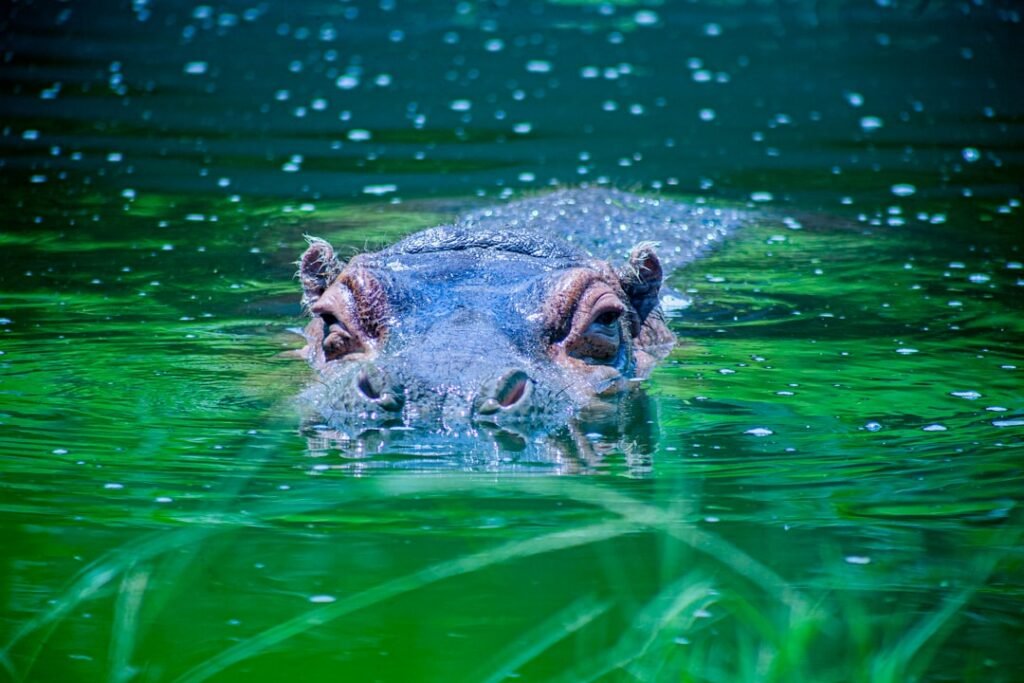In the quiet depths of a Mexican lake, something extraordinary is happening. A small salamander with feathery gills and an eternal smile has just lost its entire front leg to a hungry predator. While most animals would face a lifetime of disability, this little creature – an axolotl – begins an almost miraculous transformation that challenges everything we thought we knew about the limits of life. Within weeks, the axolotl will regrow not just bone, but muscle, nerves, and even skin—restoring its limb as if nothing ever happened. It’s not alone in this superpower; starfish, planarians, and certain lizards all possess remarkable regenerative abilities. Scientists are now asking the big question: could humans one day unlock the same potential? Advances in stem cell research and regenerative medicine suggest it may not be as far-fetched as it sounds. By studying these natural masters of repair, researchers hope to uncover secrets that could revolutionize healing, organ replacement, and even extend human lifespans.
The Masters of Regeneration Living Among Us
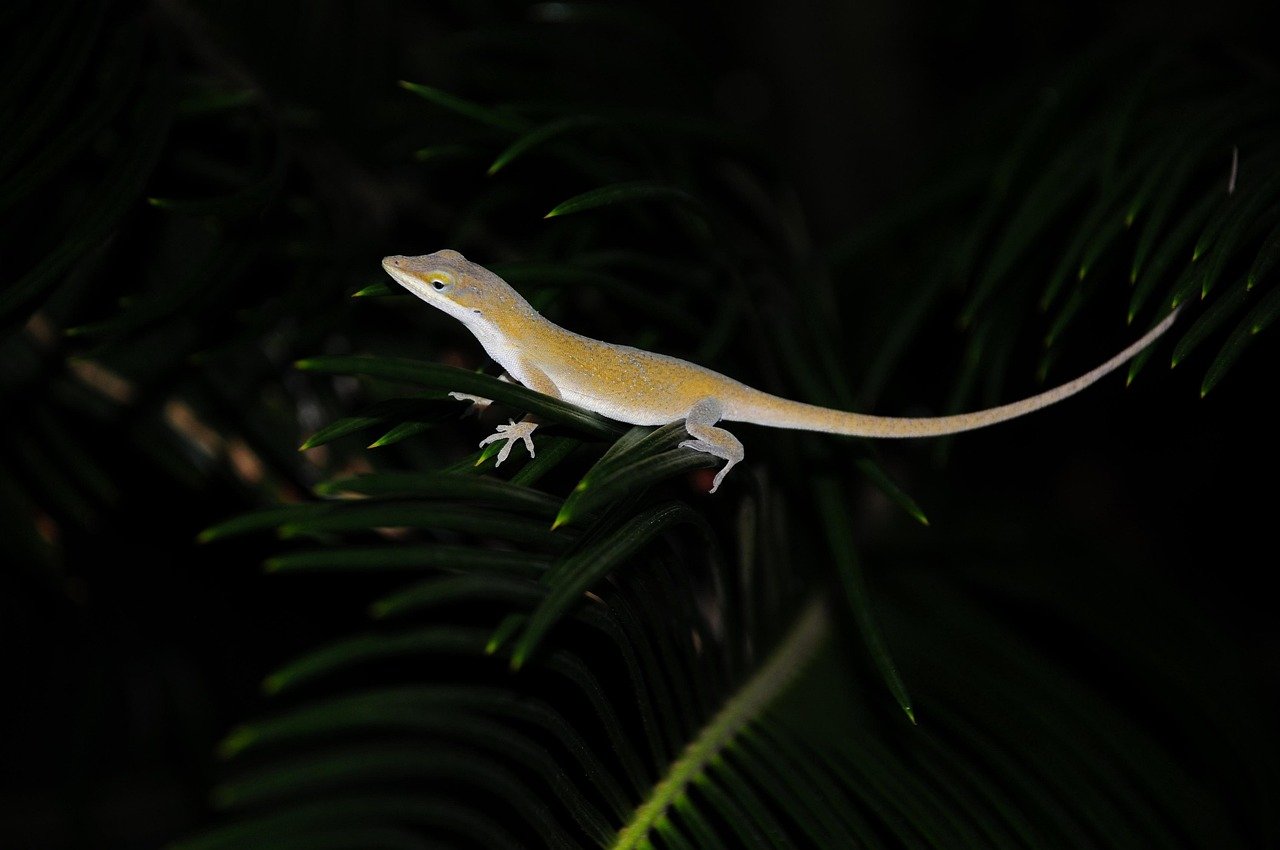
The ability to regenerate is widespread in the animal kingdom, with representatives from most animal phyla displaying the ability to regrow missing body parts. From the tiniest flatworms to massive vertebrates, nature has equipped countless species with powers that seem straight out of science fiction. The animal kingdom is full of species that can regrow not only tissue, but entire limbs. The best-known examples include lizards that regrow their tails and starfish that can produce new arms, but many other species are capable of remarkable regeneration.
What’s truly fascinating is how these abilities vary dramatically across the animal world. Some creatures can regrow simple appendages, while others perform feats that would make superhero movies look tame. The diversity in regenerative powers raises profound questions about why evolution blessed some species with these abilities while leaving others – including humans – with relatively limited healing powers.
Planarians: The Ultimate Regeneration Champions
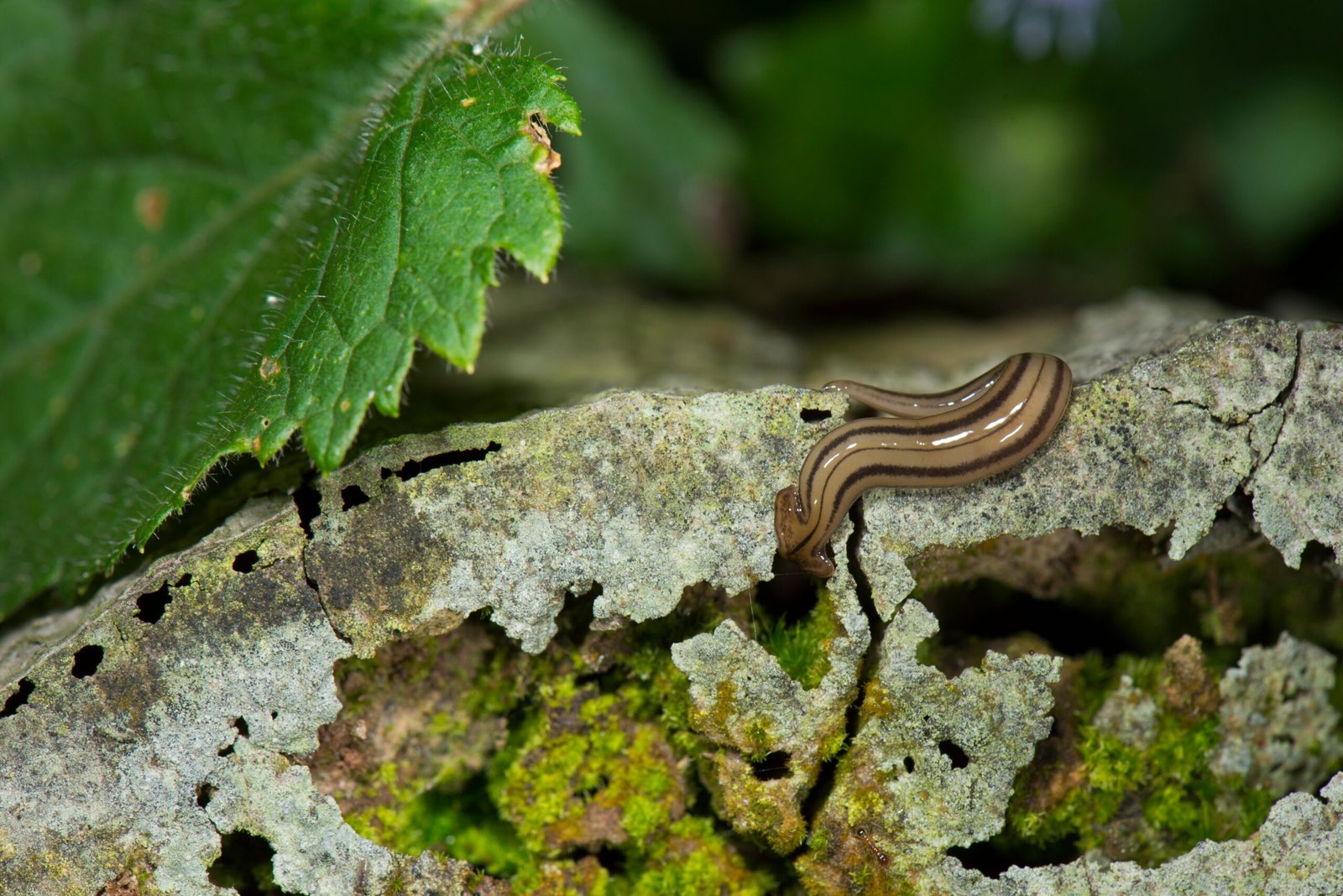
Planarians exhibit an extraordinary ability to regenerate lost body parts. For example, a planarian split lengthwise or crosswise will regenerate into two separate individuals. These humble flatworms represent perhaps the most extreme example of regenerative power in the animal kingdom. Research has shown that remarkably small planarian fragments can successfully regenerate into complete worms.
Dice a flatworm any which way and each fragment will in time become a fully functional creature. But it’s a quality that has given them fame for being, in the words of 19th-century naturalist John Graham Dalyell, “immortal under the edge of a knife”. Their secret lies in specialized cells called neoblasts – Recent work has confirmed that neoblasts are totipotent since one single neoblast can regenerate an entire irradiated animal that has been rendered incapable of regeneration.
Axolotls: Nature’s Miracle Workers
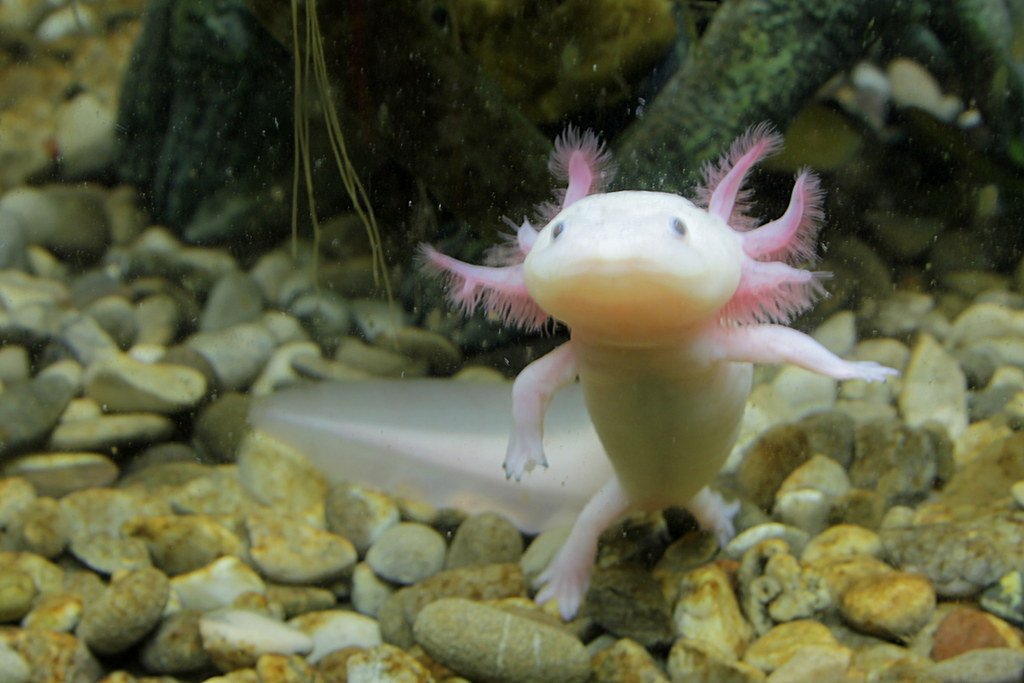
The feature of the axolotl that attracts most attention is its healing ability: the axolotl does not heal by scarring, but is capable of tissue regeneration; entire lost appendages such as limbs and the tail can regrow over a period of months, and, in certain cases, more vital structures, such as the tissues of the eye and heart can be regrown. These Mexican salamanders have captured the imagination of scientists worldwide with their almost supernatural abilities. The axolotl, for instance, is famed not only for its ability to regrow missing limbs and its tail, but also its jaw, its heart and parts of its brain. If paralysed, it can even redevelop new neurons and neurological connections, allowing it to walk again.
What makes axolotls particularly special is their paedomorphic nature – they remain in a juvenile-like state throughout their lives. The axolotl’s ability to fully regrow organs, even as it ages, could be partially due to its perpetual juvenile state. Axolotls, unlike most other amphibians, don’t undergo metamorphosis naturally, which means they never technically reach adulthood, even though they can reproduce. This condition is called neoteny.
Starfish: Growing New Bodies from Fragments
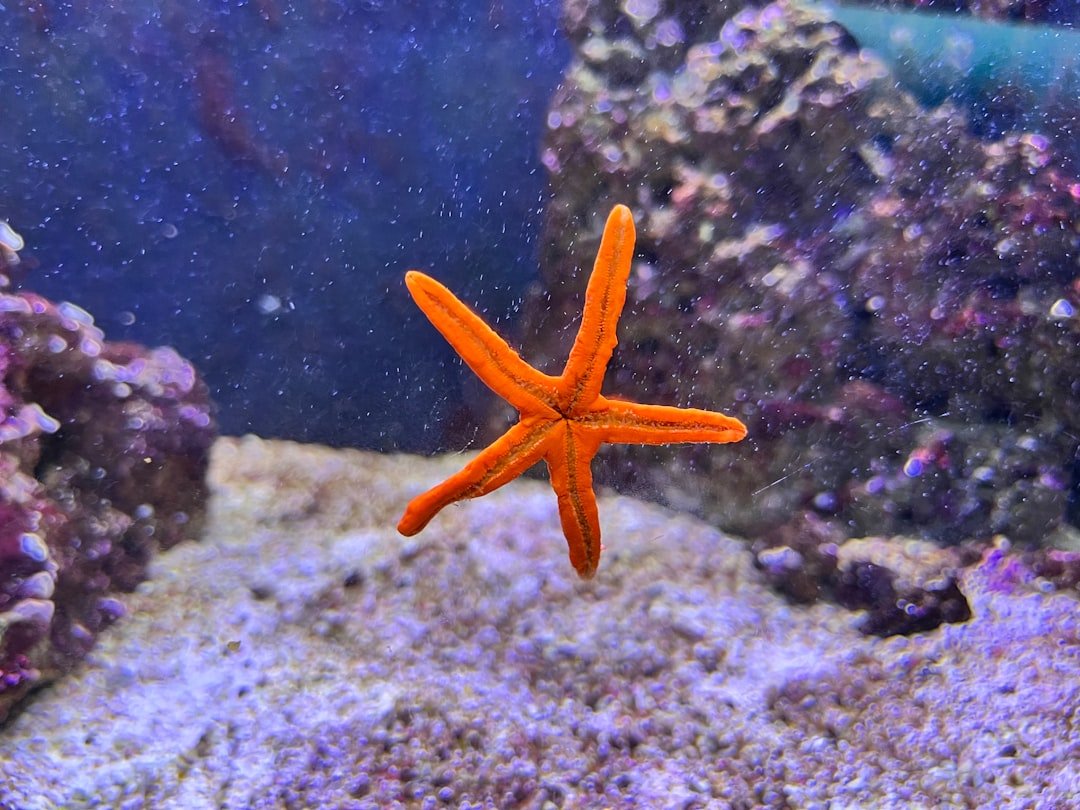
Starfish are remarkable regenerative animals. Not only can starfish grow a new limb, but these creatures can also grow a whole new body from the lost limb. Several new starfish can grow from pieces of the original one. These marine creatures demonstrate one of the most dramatic examples of regeneration, where a single severed arm containing part of the central disc can develop into an entirely new animal.
In response to injury starfish can autotomize damaged appendages. Depending on severity, starfish will then go through a regeneration process that can take weeks to months where the appendage will be regenerated. Their regenerative process involves complex cellular mechanisms, with specialized tissues orchestrating the reconstruction of everything from skeletal structures to the intricate water vascular system that allows them to move and feed.
Sea Cucumbers: The Ultimate Sacrifice and Recovery
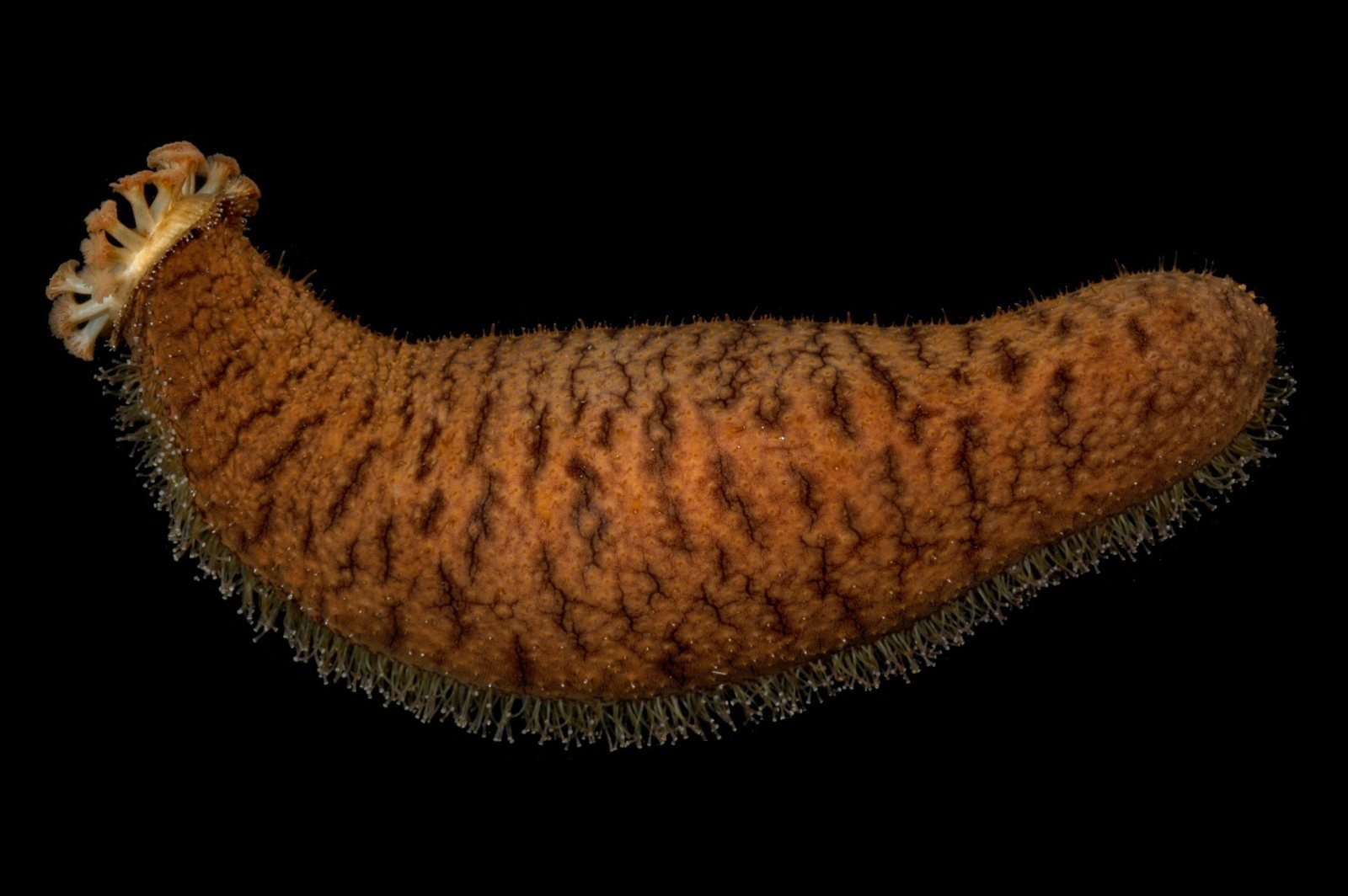
Sea cucumbers are marine animals that can regenerate lost body parts, including their internal organs. When threatened, they can expel their intestines and other organs as a defense mechanism, a process known as evisceration. This remarkable survival strategy might seem like biological suicide, but it’s actually a sophisticated escape mechanism. While this might seem like a drastic measure, the sea cucumber can later regenerate the lost organs in a matter of weeks. This unique survival strategy highlights the remarkable adaptability and regenerative power of sea cucumbers in the face of danger.
The process of evisceration and subsequent regeneration involves complex cellular reorganization and the activation of dormant stem cell populations throughout their bodies. These marine animals essentially rebuild their entire digestive system from scratch, a feat that would be instantly fatal for most other creatures.
Zebrafish: Small Fish, Big Medical Promises
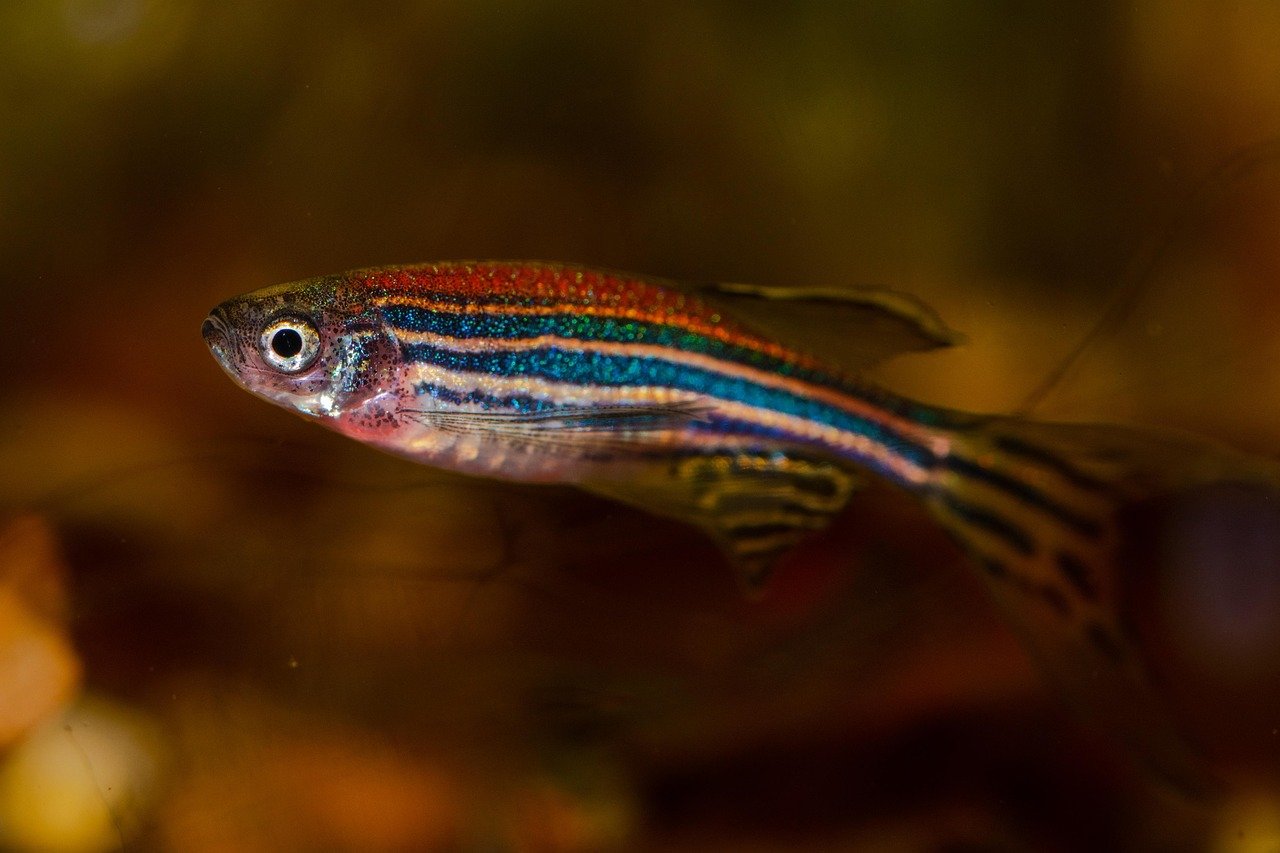
These tiny striped fish can regrow all types of body parts, including their heart, brain, fins, kidneys, spine, retinas, and pancreas. Surprisingly, zebrafish have the same major organs and tissue as humans, so scientists are researching their abilities to hopefully find a way for humans to regenerate body parts one day. Despite their small size, zebrafish possess regenerative abilities that far exceed those of mammals, making them invaluable research subjects for understanding the fundamental mechanisms of tissue repair.
The planarian can regenerate its entire body from one small piece of tissue, and the zebrafish can repair significant damage to its heart, fins, pancreas, eyes, brain, and spinal cord. What makes zebrafish particularly valuable for medical research is their genetic similarity to humans combined with their transparent embryos, which allow scientists to observe regeneration in real-time under microscopes.
Salamanders: The Vertebrate Regeneration Specialists
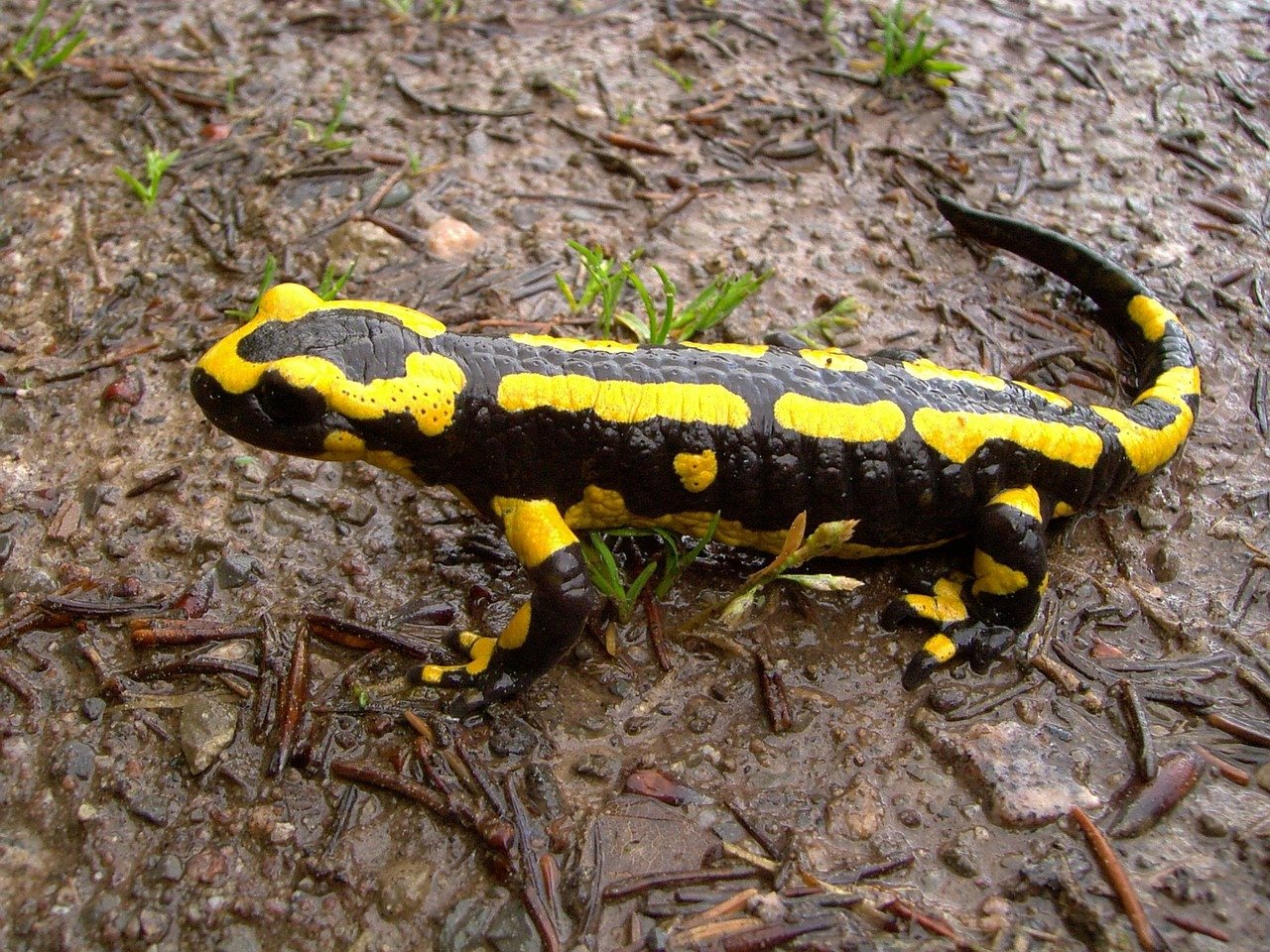
The Caudata (“urodeles”; salamanders and newts), an order of tailed amphibians, is possibly the most adept vertebrate group at regeneration, given their capability of regenerating limbs, tails, jaws, eyes and a variety of internal structures. Among vertebrates, salamanders stand as the undisputed champions of regeneration, possessing abilities that seem almost magical compared to the limited healing powers of mammals.
Salamanders are remarkable creatures. If one of these amphibians loses a finger, it grows back. Furthermore, if you chop away a piece of heart or spinal cord, it will regenerate. The regeneration process in salamanders involves the formation of a structure called a blastema – In some animals, such as salamanders, the structure is called a blastema. After an amputation, blastema cells rapidly divide to form the skin, scales, muscle, bone, or cartilage needed for growing a new limb, fin, or tail.
Sharks: Dental Regeneration Champions
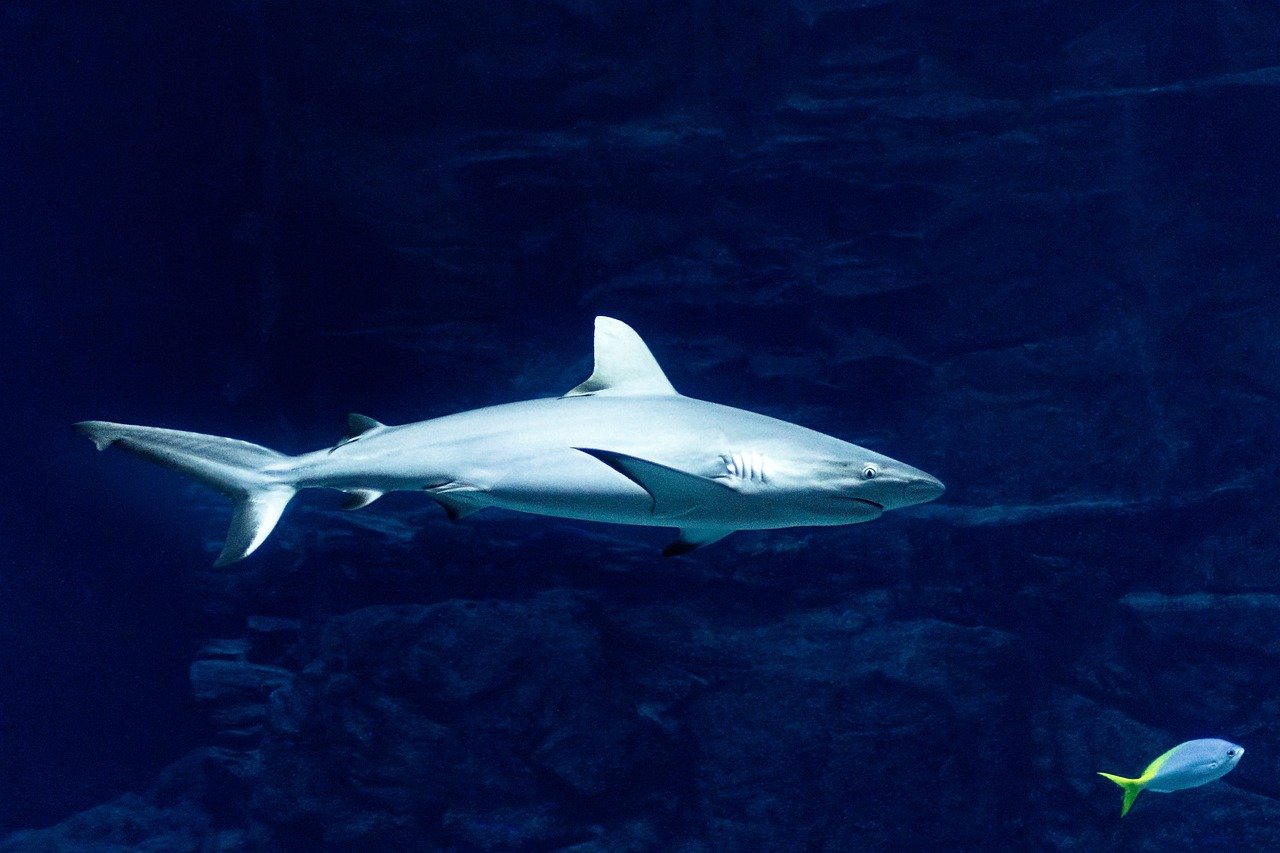
Although sharks can’t regenerate organs or other body parts, they are certainly ahead in dental regeneration. Sharks can regrow teeth throughout their lifetimes. The length of time it takes for a shark to regrow a tooth varies from a few days to a few months. While sharks may not regrow limbs like salamanders, their dental regeneration abilities are unmatched in the animal kingdom, with some species capable of producing thousands of replacement teeth throughout their lives.
If scientific researchers can determine how this process works, it could revolutionize dentistry. The continuous tooth replacement mechanism in sharks involves specialized dental laminae that maintain populations of tooth-producing cells throughout the animal’s life, providing a constant supply of sharp, functional teeth as older ones are lost during feeding.
Deer: Mammalian Regeneration Marvels
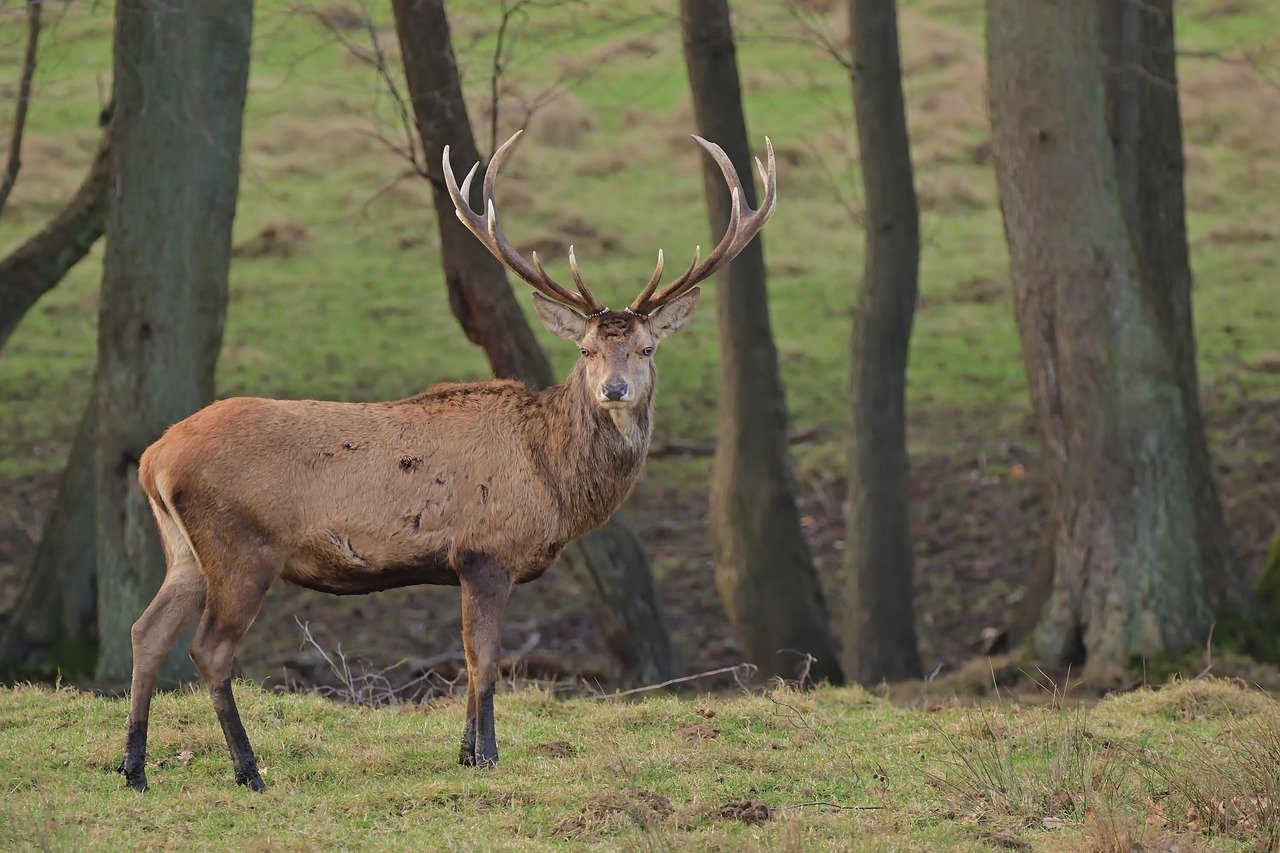
Deer antlers are the only organ in mammals that can totally regenerate. They lose their antlers each year and then regrow into enormous, branching structures of bone and cartilage that are utilized for combat and exhibition. This annual cycle of antler growth and shedding represents one of the most impressive examples of mammalian regeneration, with some species growing antlers that weigh over 30 pounds in just a few months.
Antlers develop at a very rapid rate of roughly one to two inches every week during peak growing season. Deer will continue to grow, lose and regrow larger antlers throughout their lives! The rapid growth is fueled by one of the fastest-growing tissues known to science, supplied by an extensive network of blood vessels and powered by hormonal signals that coordinate the entire process.
The Genetic Secrets Behind Regeneration
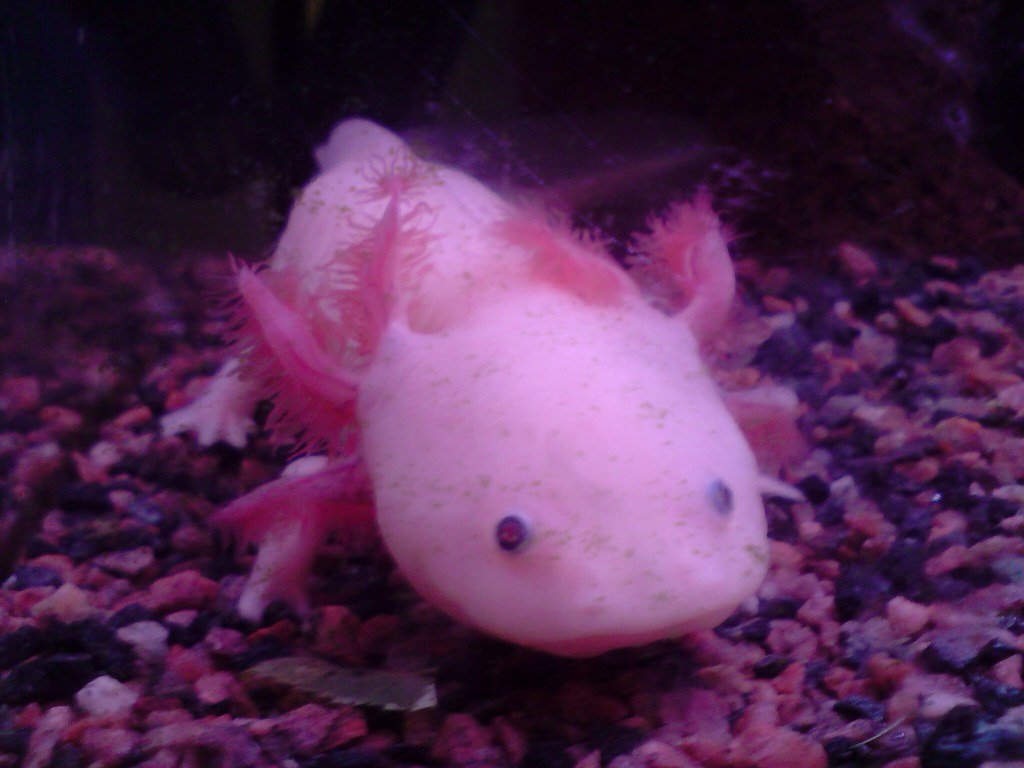
Over two decades of studying planarians, Sánchez Alvarado has learned that in order to regenerate body parts, animals need to have tremendous genetic flexibility. “They’re capable of turning genes on and off as needed to produce new tissues after injury,” he says. The key to understanding regeneration lies not just in identifying which animals can regrow body parts, but in deciphering the complex genetic networks that make it possible.
Axolotls, they discovered, have an ultra-sensitive version of mTOR, a molecule that acts as an on-off switch for protein production. And, like survivalists who fill their basements with non-perishable food for hard times, axolotl cells stockpile messenger RNA molecules, which contain genetic instructions for producing proteins. Recent research has revealed that regenerative animals possess unique molecular machinery that allows them to rapidly mobilize cellular resources for tissue reconstruction.
Why Humans Can’t Regenerate Like These Animals
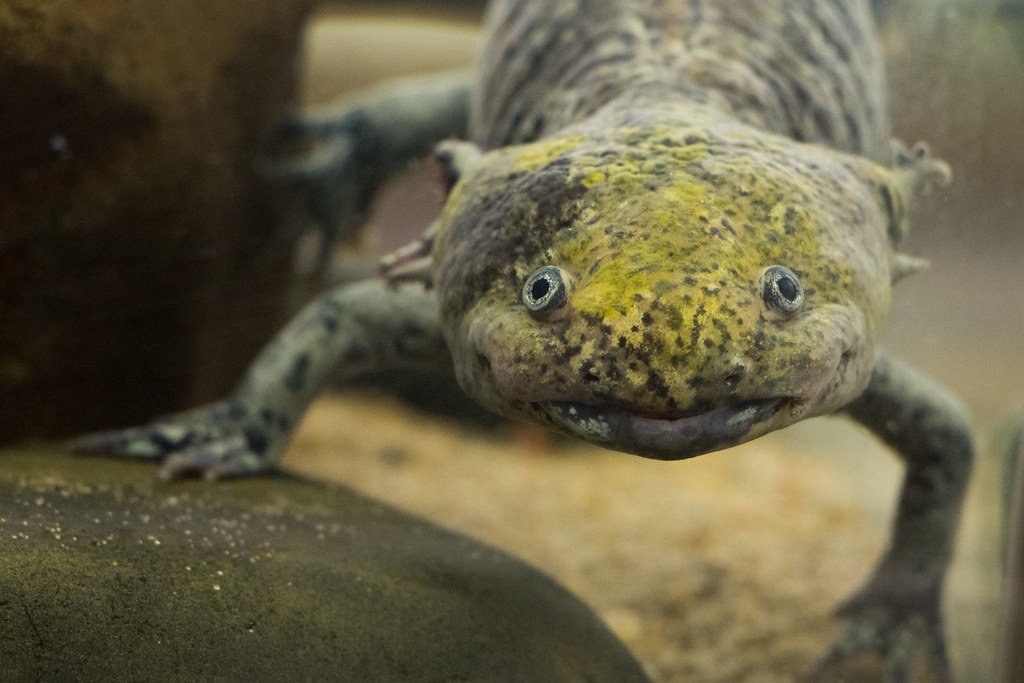
There are a few competing theories, and the scientific community is still undecided. One theory relates to how our immune system has evolved. Mammals and birds, which have very high immunity levels, cannot regrow their legs, fingers, and other body parts. The evolutionary trade-off between immune system sophistication and regenerative ability may explain why humans excel at fighting off infections but struggle to regrow lost tissue.
This could be a result of the immune system’s desire to avoid cancerous tumor growth and the fact that the molecular pathways of regeneration and tumor growth are identical, including the usage of stem cells. Therefore, evolution guarantees that these animals won’t have as many cancers, but they also won’t regenerate. Mature neurons in the human central nervous system (CNS) fail to regenerate after injuries. This is a common denominator across different aetiologies, including multiple sclerosis, spinal cord injury and ischemic stroke. The lack of regeneration leads to permanent functional deficits with a substantial impact on patient quality of life, representing a significant socioeconomic burden worldwide.
The Future of Human Regenerative Medicine
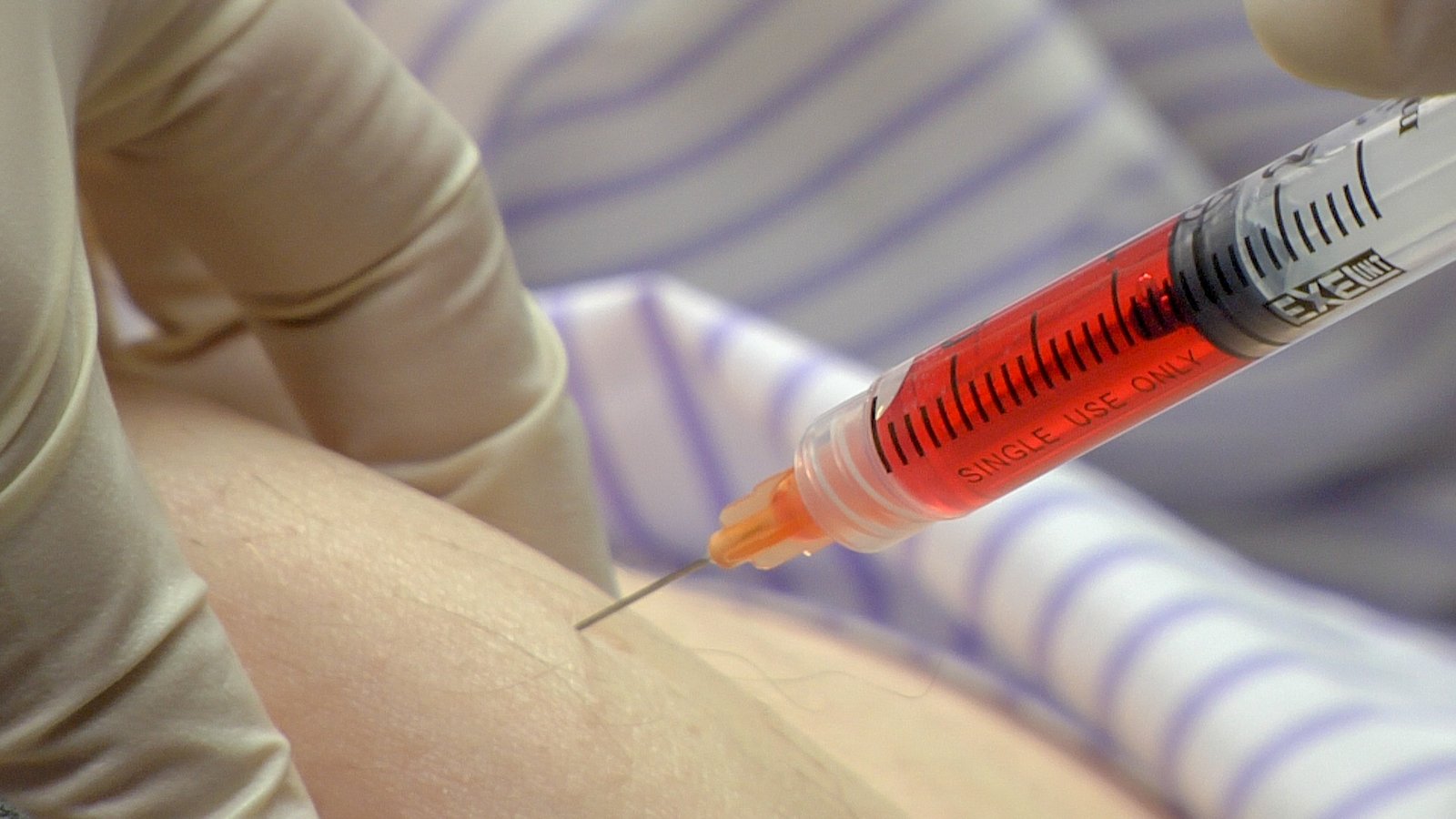
The Wake Forest Institute for Regenerative Medicine (WFIRM) is a leader in translating scientific discovery into clinical therapies. Physicians and scientists at WFIRM were the first in the world to engineer laboratory-grown organs that were successfully implanted into humans. Today, this interdisciplinary team is working to engineer more than 40 different replacement tissues and organs, and to develop healing cell therapies – all with the goal to cure, rather than merely treat, disease. The field of regenerative medicine is rapidly advancing, with researchers making significant progress in understanding how to harness the body’s natural healing processes.
There are several human tissues that have been successfully or partially induced to regenerate. Many fall under the topic of regenerative medicine, which includes the methods and research conducted with the aim of regenerating the organs and tissues of humans as a result of injury. The major strategies of regenerative medicine include dedifferentiating injury site cells, transplanting stem cells, implanting lab-grown tissues and organs, and implanting bioartificial tissues. “We now have the ability through stem cells to generate replacement cells that we can use as therapeutics to rebuild the human body,” says Charles (Chuck) Murry, a renowned expert in regenerative heart medicine. In August, Murry joined Keck School of Medicine of USC as the new head of USC Stem Cell, chair of the department of stem cell biology and regenerative medicine, and director of The Eli and Edythe Broad Center for Regenerative Medicine and Stem Cell Research.
The incredible regenerative abilities of animals like axolotls, planarians, and starfish continue to inspire scientists and fuel hopes for medical breakthroughs. While humans may never naturally regrow limbs like salamanders or regenerate entire bodies like flatworms, the secrets locked within these remarkable creatures are slowly being unlocked through cutting-edge research. As we decode the genetic and cellular mechanisms behind regeneration, we edge closer to a future where the question isn’t whether humans can regrow body parts, but rather when we’ll master the art of controlled regeneration. After all, every human already performed the miracle of growing arms and legs once – perhaps we just need to remember how to turn those ancient programs back on.

Jan loves Wildlife and Animals and is one of the founders of Animals Around The Globe. He holds an MSc in Finance & Economics and is a passionate PADI Open Water Diver. His favorite animals are Mountain Gorillas, Tigers, and Great White Sharks. He lived in South Africa, Germany, the USA, Ireland, Italy, China, and Australia. Before AATG, Jan worked for Google, Axel Springer, BMW and others.



